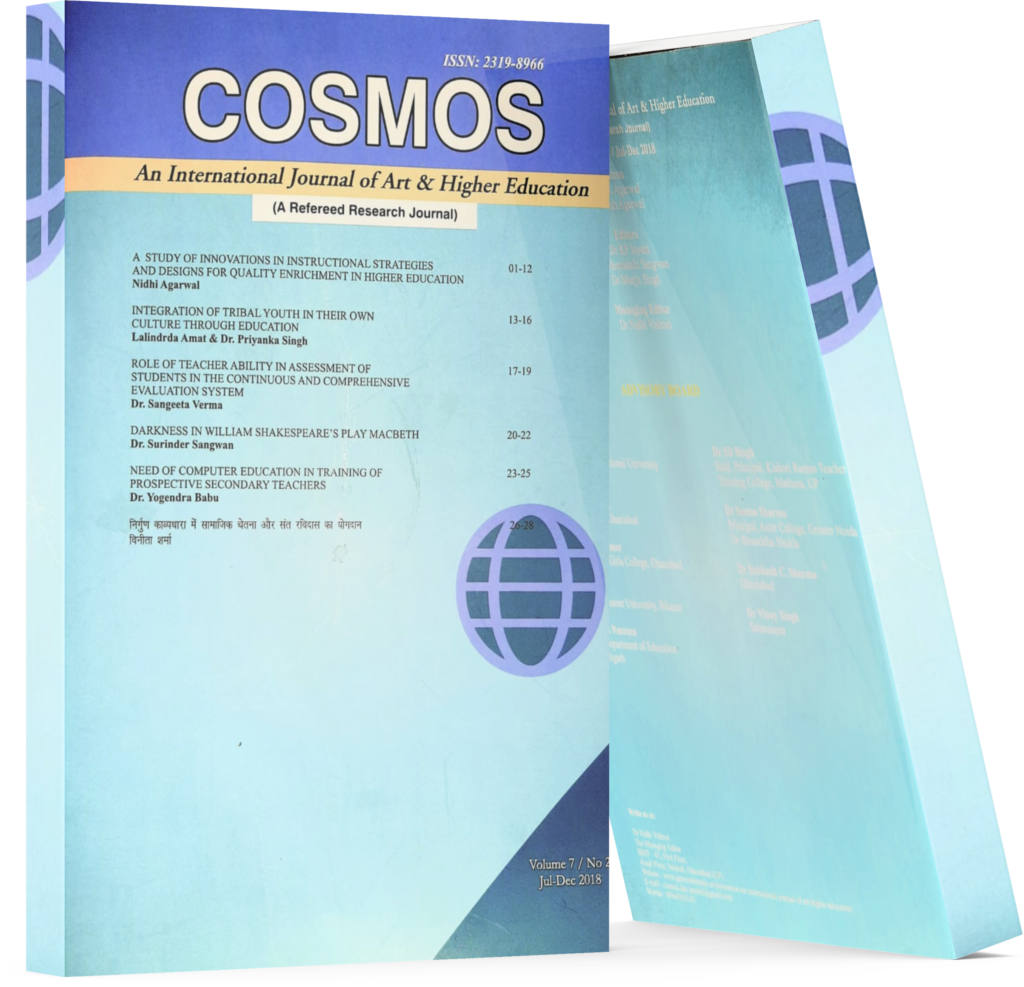Translanguaging In The Classroom: Impact On The Academic Performance Of The Learners
Keywords:
Translanguaging, Academic PerformanceAbstract
Translanguaging has been known to be an effective method of teaching in different subject areas. In the Philippine educational setting, there is a need to prove whether Translanguaging impacts the academic performance of the learners. This study seeks to find the relationship between Translanguaging and academic performance of senior students in subject areas, English, Science and Mathematics. Translanguaging is a process of meaning-and sense-making. The analytical focus is on how the language user draws upon linguistic, cognitive and semiotic resources to make meaning make sense.
To test the hypothesis that there is no significant relationship between Translanguaging and academic performance and the assessment of learners and educators have no significant difference, online questionnaires were distributed to concerned students and teachers. Respondents were asked to answer the questionnaire and the results were analyzed using independent-test to determine significant difference in the assessment of educators and learners and Pearson R Correlations was utilized to determine the relationship of Translanguaging and academic performance. A documentary analysis of students’ academic performance was tallied to relate to Translanguaging. The results revealed that there is a significant relationship between Translanguaging and academic performance and that there is no significant difference on some of the assessment of learners and educators on the use of Translanguaging.
Downloads
References
Canagarajah, S., (2011). “Codemeshing in academic writing: Identifying teachable strategies of translanguaging”. The Modern Language Journal, 95(iii), 401-417.
Garcia, O. and Kleyn, T., (2016). “Translanguaging with Multilingual Students: Learning from Classroom Moments”. New York and Abingdon: Routledge.
Jaspers, J., (2018). “The transformative limits of translanguaging”. Language & Communication, 58, 1-10.
https://doi.org/10.1016/j.langcom.2017.12.001 4. Lubliner, S. and Grisham, D.L., (2017). “Translanguaging. Maryland: Rowman & Littlefield.”
Rodriguez, D., Carrasquillo, A. and Lee, K.S., (2014). “The Bilingual Advantage”. New York: Teachers College Press.

